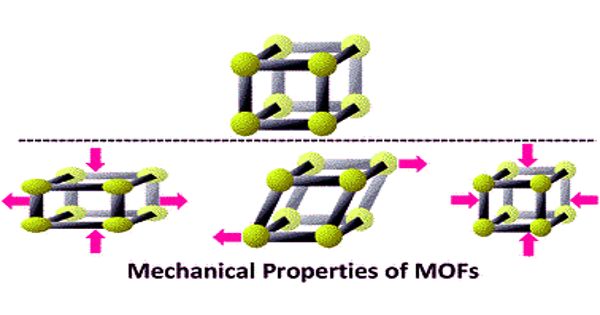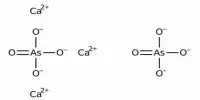The research examines thermal transport in metal-organic frameworks
New studies in Nature Communications explores thermal transfer in organic metal frames. To the naked eye, the organic metal frames (MOFs) look a bit like sand. But if you zoom in, you’ll find that each grain looks and behaves more like a sponge—and serves a similar function. MOFs are used to trap and retain gasses that are useful when attempting to clean harmful gasses out of the air or as a means of holding fuel for natural gas or hydrogen gas-powered engines. Thermal stability and thermal capability of many metal-organic frames and their corresponding organic ligands have been extensively studied using the TGA-DSC technique.
New research led by an interdisciplinary team across six universities examines heat transfer in MOFs and the role it plays when MOFs are used for storing fuel.
If the existence of adsorbates increases or decreases thermal conductivity in metal-organic frames (MOFs) has been an open issue. The corresponding scholar Christopher Wilmer, William Kepler Whiteford Faculty Fellow and Assistant Professor of Chemical and Petroleum Engineering at the Swanson School of Engineering, University of Pittsburgh, co-authored work with researchers at Carnegie Mellon University, Virginia University, Old Dominion University, Northwestern University, and Karlsruhe Institute of Technology, K. The findings have recently been published in Nature Communications.
“One of the challenges with using MOFs for fuel tanks in cars is that you have to be able to fill up in a few minutes or less,” Wilmer says. “Unfortunately, as you rapidly load these MOF-based tanks with hydrogen or natural gas, they get really hot. It’s not so much a chance of explosion—though there’s one—but the fact that they can’t contain a lot of gas when it’s hot. The entire idea of using them to store a lot of gaseous fuel just works at room temperature. For most commercial uses, you have a similar problem—whenever it’s hot.
In other words, if MOFs were to be useful for these purposes, they would have to be kept cool. This study looked at thermal transport in MOFs, to investigate how easily excess heat can be shed, and the group observed some interesting findings.
“When you take these porous materials, which to begin with are thermally insulating, and you fill them with gas, it appears that they become even more insulating. This is surprising because usually, empty pockets like those in insulation or double-paned windows provide good thermal insulation,” explains Wilmer. “By taking porous materials and filling them, thereby removing those gaps, you would expect the thermal transport to improve, making it more thermally conductive. The opposite happens; they become more insulating.”
To conclude, researchers performed two parallel experiments using two different approaches and MOFs synthesized in two different laboratories. Both groups noticed the same trend: that the MOFs become more segregated when they are loaded with adsorbates. Their experimental results were also confirmed by atom simulations at Pitt in conjunction with Carnegie Mellon University.
“Our work indicates potential challenges ahead for the use of MOFs outside of research labs, but that is a necessary step in the process,” says Alan McGaughey, professor of mechanical engineering at Carnegie Mellon. “As these materials advance toward broad, real-world usage, researchers will need to continue investigating once-overlooked properties of these materials, like thermal transport, and find the best way to use them to fit our needs.”















